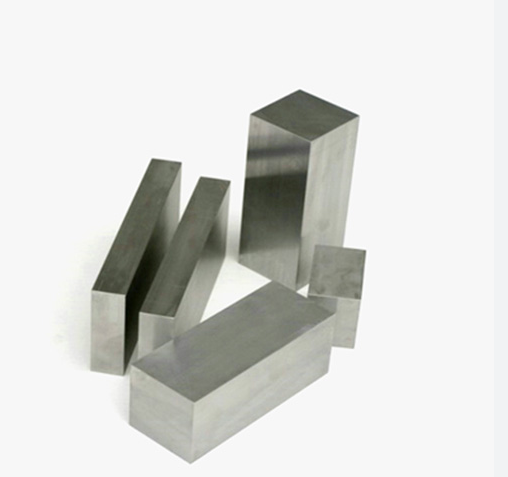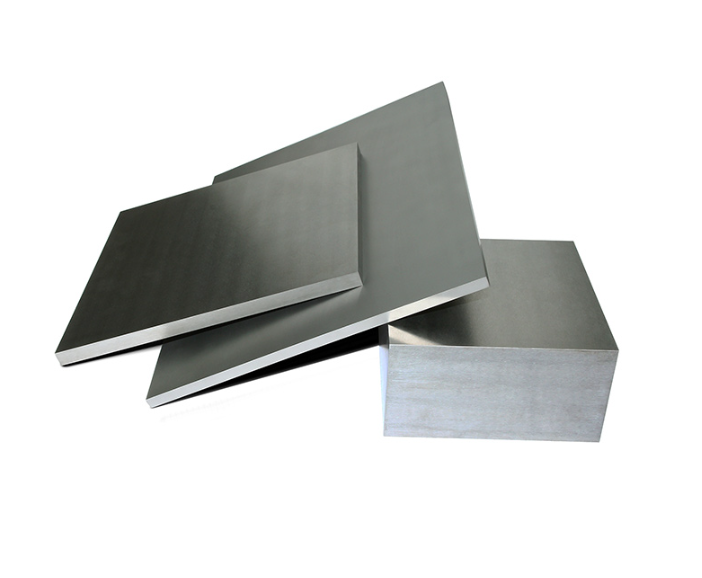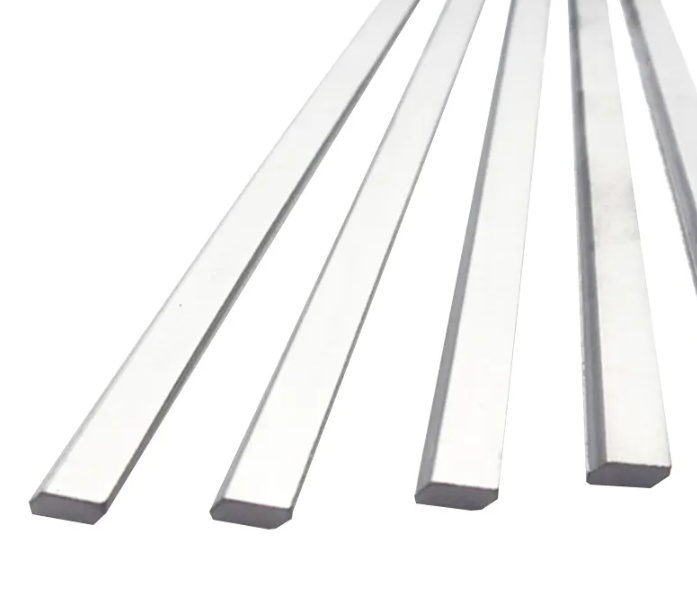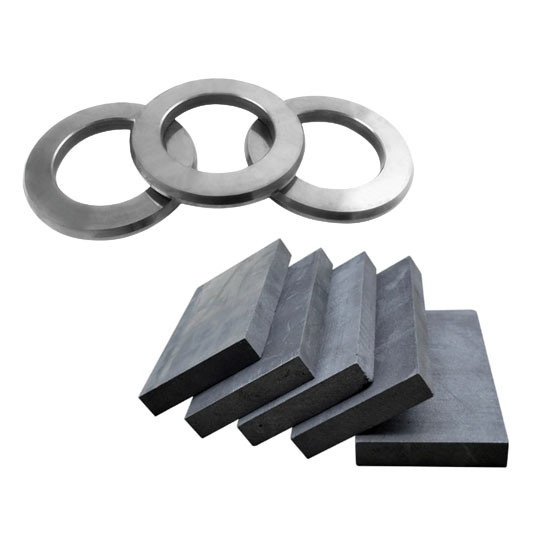何なのか? カッティングスピード?
切削速度とは、工具の刃先がワーク表面に対して相対的に移動する速度のこと。切削速度は、サーフェスフィート/分(SFM)またはメートル/分(m/min)で測定される。切削速度は、工具の摩耗、仕上げ面粗さ、生産性に影響し、加工プロセスにおいて重要な役割を果たします。適切な切削速度を選択することで、工具寿命を延ばしながら、効率的な材料除去が可能になります。
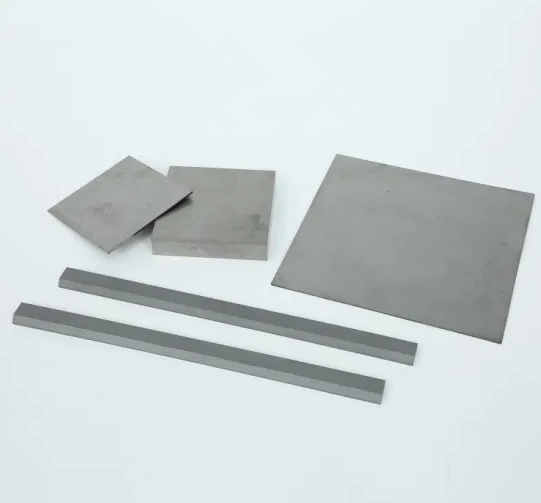
の重要性 切断速度 CNC加工、フライス加工、旋盤加工、その他のプロセスにおいて
切削速度は、CNC加工、フライス加工、旋盤加工の効率と精度に直接影響します。切削速度が低すぎると、プロセスが非効率になり、表面仕上げが悪くなり、工具の摩耗が激しくなります。逆に、切削速度が速すぎるとオーバーヒートを引き起こし、工具の急速な劣化とワークの損傷を招く。切削速度を最適化することで、メーカーは高精度、表面品質の向上、工具寿命の延長を達成することができる。
超硬工具に高い切削速度が要求される理由
超硬工具は、その硬度、耐摩耗性、高温に耐える能力で知られている。高速度鋼(HSS)工具とは異なり、超硬工具は、その優れた耐熱性と靭性により、より高い切削速度を必要とします。高速で加工することで、エッジの形成が最小限に抑えられ、サイクルタイムが短縮され、全体的な生産性が向上します。
超硬工具の推奨切削速度
以下の表は、超硬工具をさまざまな材料に使用する場合の推奨切削速度の一般的なガイドラインです:
| 素材 | 切削速度(SFM) | 切削速度(m/min) |
|---|---|---|
| アルミニウム | 800 – 1500 | 244 – 457 |
| マイルド・スチール | 250 – 600 | 76 – 183 |
| ステンレス鋼 | 150 – 400 | 46 – 122 |
| 鋳鉄 | 300 – 700 | 91 – 213 |
| チタン | 100 – 250 | 30 – 76 |
| ニッケル合金 | 75 – 200 | 23 – 61 |
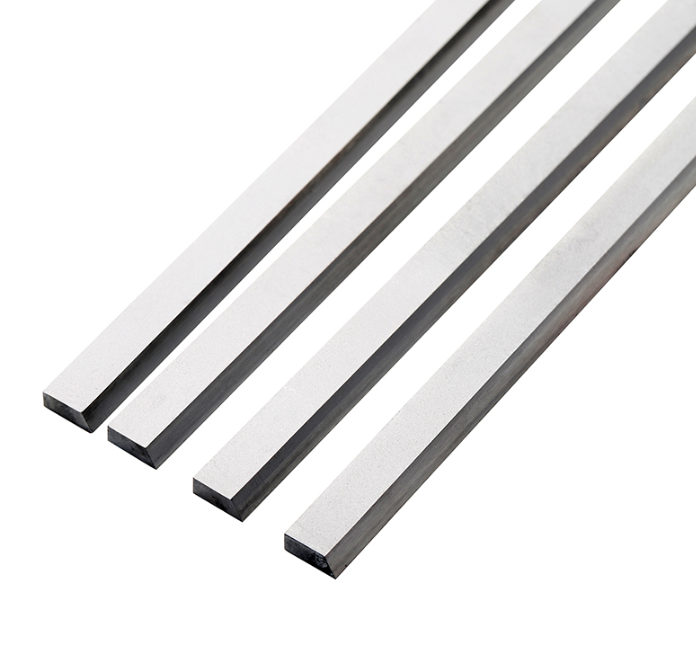
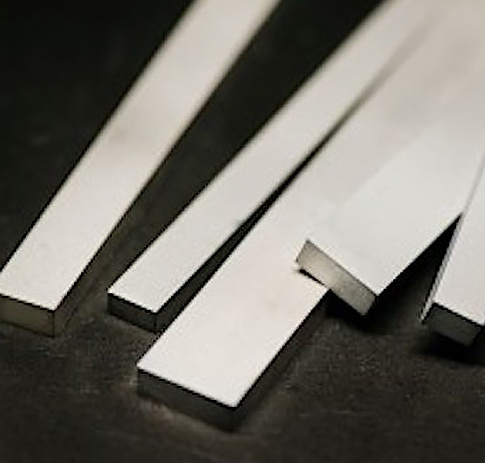
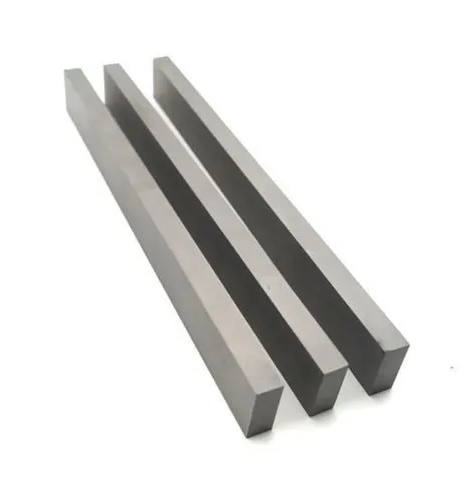
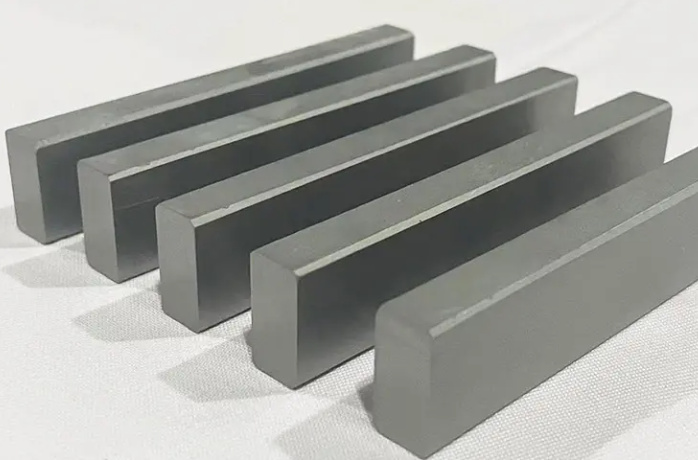
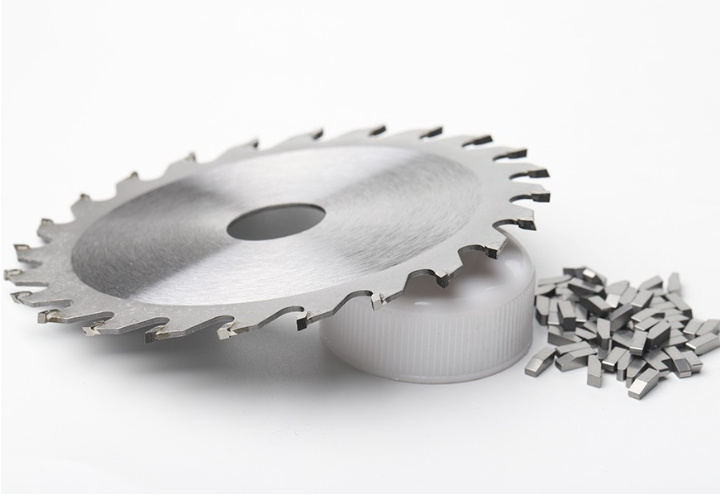
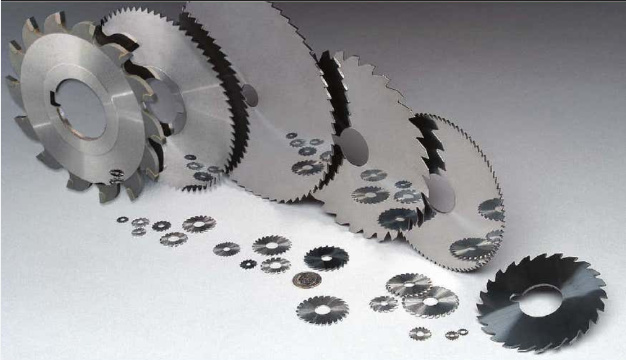
影響要因 切断速度
超硬工具の最適な切削速度には、いくつかの要因が影響します。以下の表は、主な検討事項をまとめたものです:
| ファクター | 切削速度への影響 |
|---|---|
| 工具材料 | 超硬工具はハイス工具よりも高速で作動する。 |
| ワーク材質 | より硬い材料は、より低い切断速度を必要とする。 |
| 切削油剤 | 冷却と潤滑を強化し、高速化を可能にする。 |
| 工具形状 | 鋭く設計された刃先が作業効率を向上させる。 |
| マシンの安定性 | リジッドセッティングは、振動なしに高速化を可能にする。 |
| 切り込み | 深いカットは、工具の損傷を防ぐために低速が必要です。 |
超硬工具の切削速度の計算方法は?
切削速度は以下の式で計算できる:
V=π×D×N12V = \frac{pi(SFMの場合)
V=π×D×N1000V = \frac{\pi \times D \times N}{1000} (for m/min)
どこでだ:
- VV = 切削速度
- DD = ワークまたは工具の直径(インチまたはmm)
- NN = スピンドル回転数 (RPM)
例えば、直径1インチの超硬エンドミルを1000RPMで使用する場合、切削速度は V=3.14×1×100012=261.67 SFMV=Ⓐ{3.14Ⓐ×1Ⓐ×1000}{12}=261.67Ⓐ、SFMは次のようになります。
よくある間違いとそれを避ける方法
- 不適切な切断速度の使用 - 常に特定の材料に関する推奨値を参照すること。
- 工具の摩耗を無視する - 早期故障を避けるため、工具は定期的に点検すること。
- 冷却と潤滑不良 - 適切な切削油剤を使用して、熱の蓄積を管理してください。
- 一貫性のないフィードレート - 工具の偏磨耗を防ぐため、送り速度を一定に保つ。
- スキップツールのコーティングに関する考察 - 性能を高めるには、コーティングされた超硬工具を使用する。
超硬工具用特定金属粉末モデル
以下は、超硬工具に使用される具体的な金属粉末モデルとその用途である:
| 金属粉モデル | 構成と特徴 | アプリケーション |
|---|---|---|
| WC-Co(炭化タングステン-コバルト) | 高い硬度と靭性 | 一般機械加工 |
| TiC(炭化チタン) | 耐摩耗性、コーティングに使用 | 高速切断 |
| TaC(炭化タンタル) | 耐熱性、合金に使用 | 航空宇宙機械加工 |
| NbC(炭化ニオブ) | 耐摩耗性の向上 | 精密切断 |
| VC(炭化バナジウム) | 刃先の保持力を向上 | 高性能切削工具 |
| Cr3C2 (炭化クロム) | 耐食性 | 研磨材加工 |
| Mo2C (炭化モリブデン) | 硬度アップ | ヘビーデューティー用途 |
| ZrC(炭化ジルコニウム) | 高温安定性 | 高速運転 |
| HfC(炭化ハフニウム) | 優れた耐熱性 | 超高速加工 |
| Al2O3-TiC(アルミナ-炭化チタン) | 耐酸化性の向上 | ハードターニング加工 |

よくあるご質問
| 質問 | 回答 |
|---|---|
| 切断速度が低すぎるとどうなりますか? | 表面仕上げが悪く、工具摩耗が増加し、切削効率が悪くなる。 |
| 超硬工具で焼入れ鋼を切削できますか? | 適切なコーティングを施し、高速で切断すれば可能だ。 |
| 切削速度は工具寿命にどのように影響しますか? | 速度を上げると、最適化しないと工具寿命が短くなる。 |
| なぜ超硬工具にクーラントを使うのか? | 熱の蓄積を抑え、工具の寿命を延ばします。 |
| アルミニウムの最適な切断速度は? | 800-1500SFM、ツールのタイプにより異なる。 |

